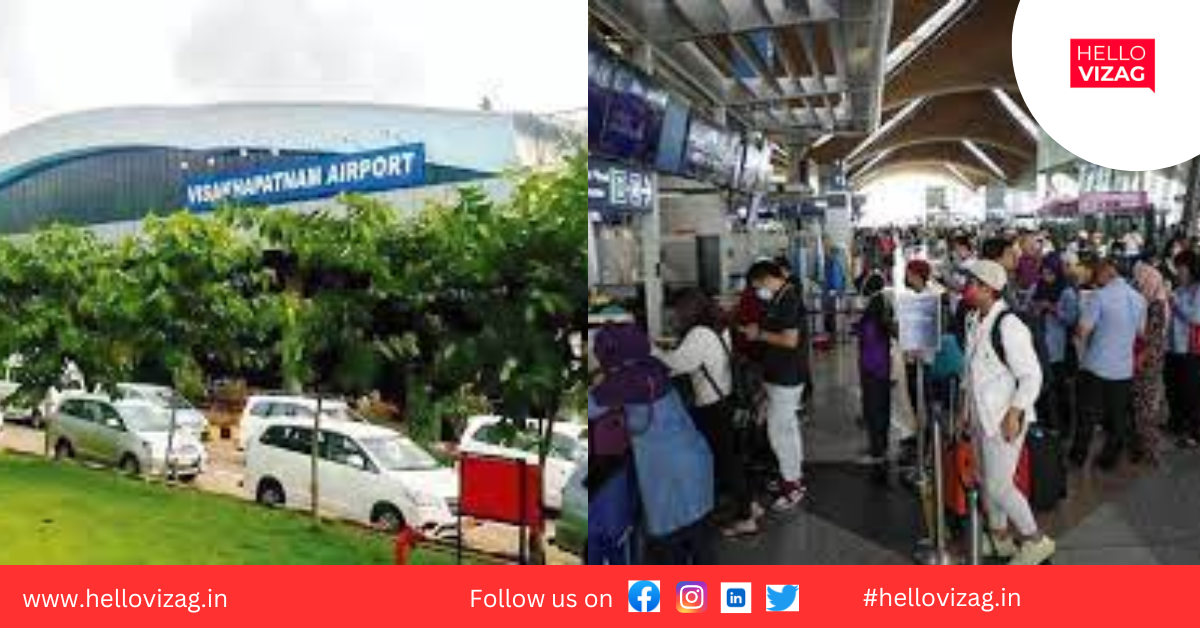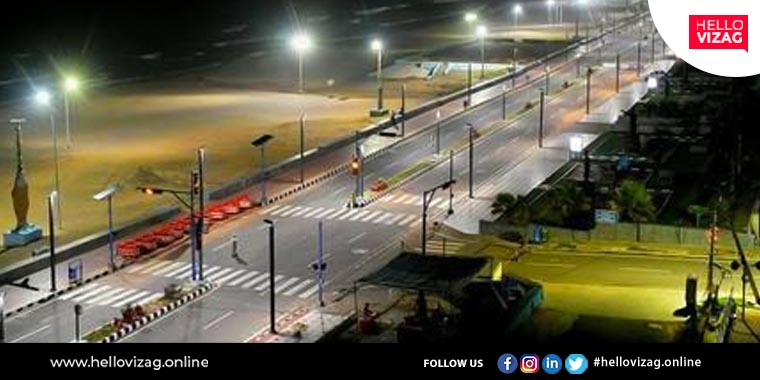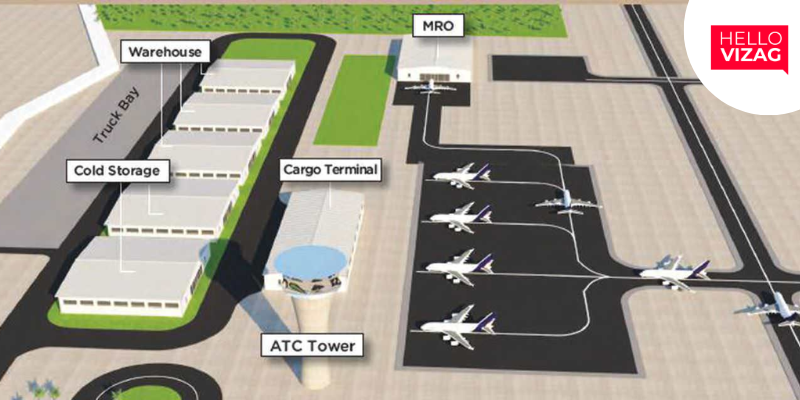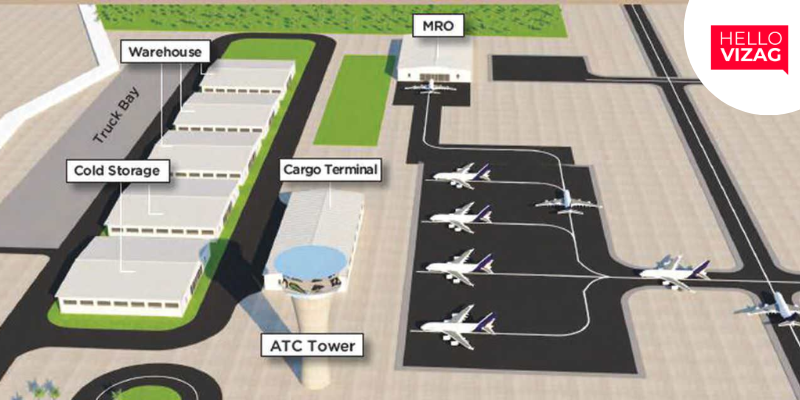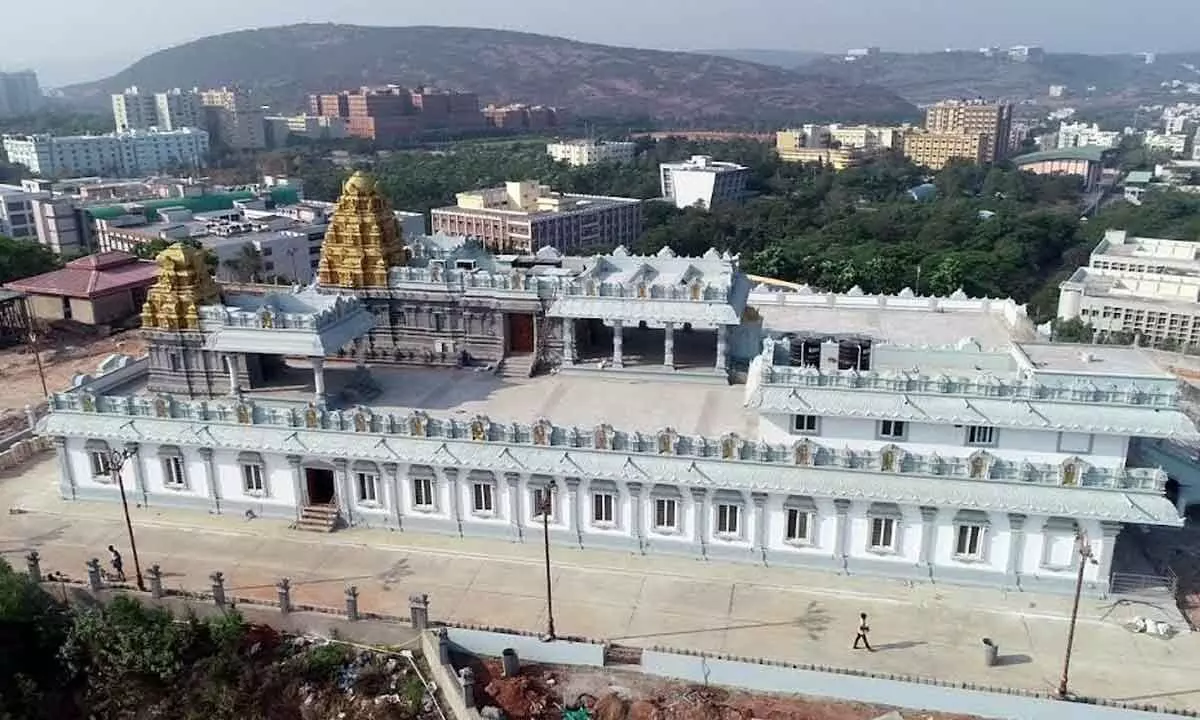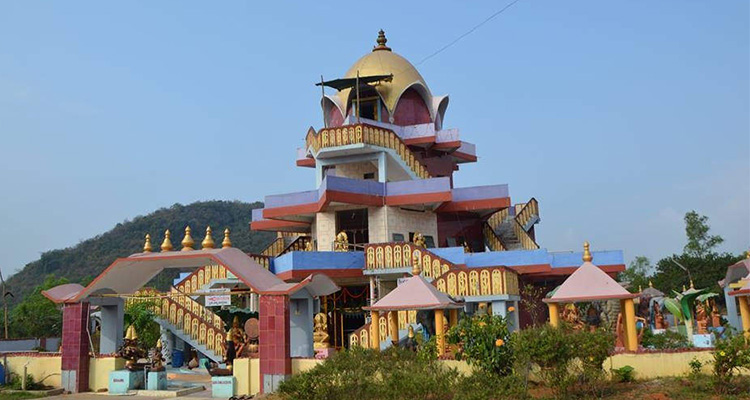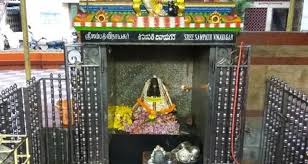"Exploring the Fascinating History of Visakhapatnam"
Visakhapatnam, the port city located on the east coast of India, has a rich history that dates back to the 6th century BCE, with evidence of Buddhist influence and trade activity during that time. The region around Visakhapatnam was ruled by various dynasties throughout history. The Satavahanas, the Andhra Ikshvakus, and the Pallavas were among the earliest rulers of the region. The city was an important center of trade and commerce during the rule of the Eastern Ganga dynasty, which lasted from the 11th to the 15th century CE.
In the 16th century, the region came under the rule of the Mughal Empire, and later, the Nizams of Hyderabad. The British East India Company established a trading port in Vizag in the early 18th century, and the city grew in importance as a port and a center of trade.
During the Indian Independence Movement, Visakhapatnam played an important role. The city was a center of anti-British protests and the site of several key events, such as the Salt Satyagraha of 1930 and the Quit India Movement of 1942.
After India gained independence in 1947, Visakhapatnam continued to grow and develop as a major port and industrial center. The city became a district headquarters in 1979 and was designated as a "smart city" by the Indian government in 2015.
Today, Visakhapatnam is a thriving metropolis with a population of over two million people. The city is home to several major industries, including steel, petroleum, and information technology. It is also a popular tourist destination with attractions and a long and storied history that spans over two millennia. The city has been shaped by the influence of various dynasties and empires throughout history and has played an important role in the Indian Independence Movement. Today, Visakhapatnam is a bustling city that continues to grow and develop while also preserving its rich cultural heritage.

 Praveena M
Praveena M

